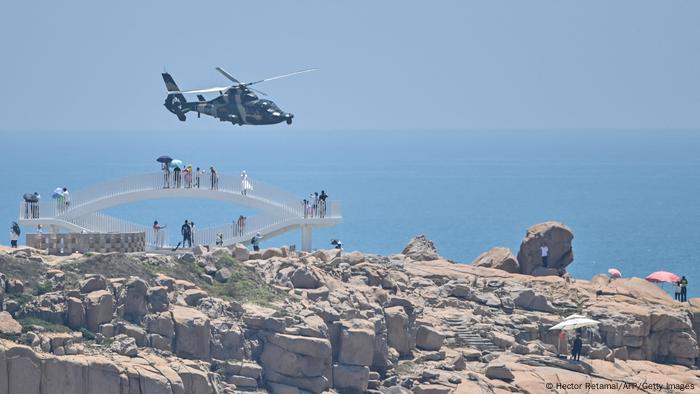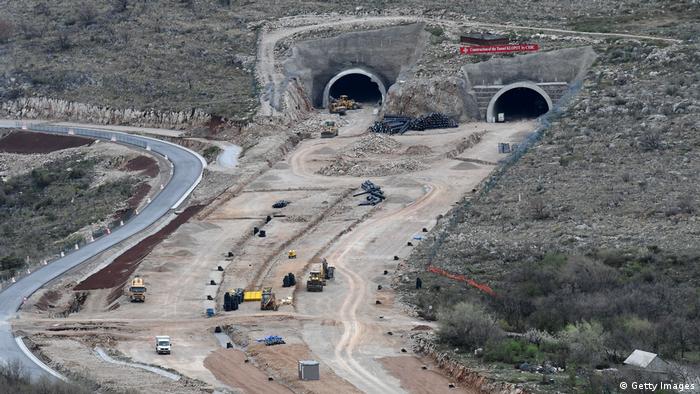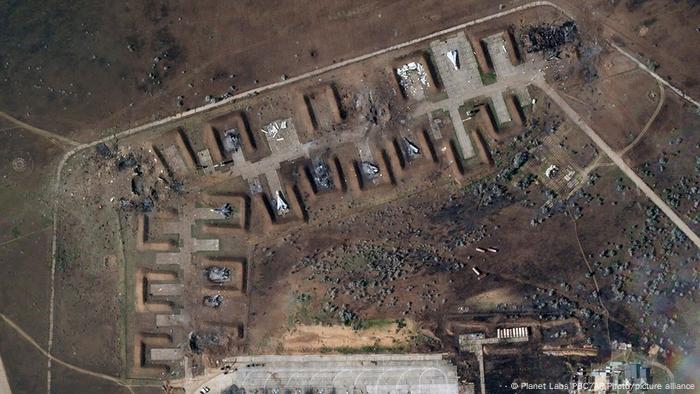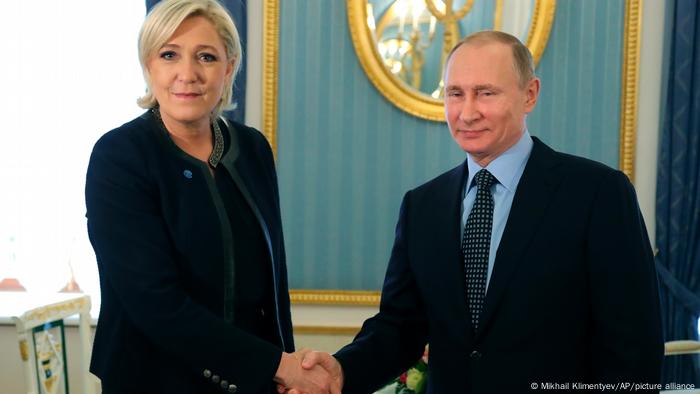Former Atlanta Mayor Keisha Lance Bottoms defended President Joe Biden's prime-time address on Thursday, warning of the threat "MAGA" Republicans pose to American democracy on "This Week," saying Biden spoke "optimistically" about the country, but also said that the nation needs to "call out hatred."
MAGA agenda has 'no place in our democracy': White House senior adviser
View on Watch Duration 6:16
"This 'MAGA' Republican agenda, this hate-filled agenda ... we saw incite violence on our nation's Capitol, has no place in a democracy. And if we are not ... calling it out, which is what the president did, then our country, everything that our country is built upon is in danger," Bottoms, now a senior adviser for public engagement for the White House told co-anchor Martha Raddatz Sunday morning.
In his remarks, Biden used some of his harshest language to date to criticize former President Donald Trump, and his supporters, saying they "represent an extremism that threatens the very foundations of our republic" -- a notable shift for Biden, who ran on a message of uniting the country after Trump's four years in office.
The speech, delivered just months before the midterm elections, was seen by many as an effort to help frame the November elections as a referendum on Trump, and was heavily criticized by Republicans as divisive, saying it disparaged the 70-plus million Americans who voted for Trump in 2020.

Atlanta Mayor Keisha Lance Bottoms and members of the Atlanta Braves team speak following the World Series Parade at Truist Park, Nov. 5, 2021 in Atlanta.© Megan Varner/Getty
A new analysis from the Institute for Strategic Dialogue, which tracks hate speech, said after the Biden speech, there was a surge online in conversations that said Biden's remarks singling "MAGA" Republicans were interpreted as a declaration of war against conservatives and Trump voters.
Bottoms stressed that Biden was not speaking about all Republicans, but those who supported the efforts to overturn the results of the 2020 election.
"The president has not called out all Republicans. He's been very specific about this 'MAGA' agenda," she said. "I'll just remind you of the words of Martin Luther King Jr. when he said that, 'it's not the words of our enemies that we will remember. It's the silence of our friends' and what the president has said, is that mainstream Republicans, Independents, Democrats, can all come together, we've seen us come together, to do what's right on behalf of the American people," Bottoms said to Raddatz.
While Biden criticized "MAGA" Republicans for supporting candidates who deny the outcome of the 2020 election, there has also been criticism of Democrat groups who have been accused of bolstering far-right Republican candidates in races, in hopes of increasing Democratic odds in November.
Raddatz asked Bottoms about those claims and whether Biden should address them.MORE: Not every Trump supporter threat to nation, Biden says
"I think what the president will continue to do is encourage people to go out and vote their conscience, whatever their conscience may be, and what the president will continue to do, which what we saw him do just this week, is to remind people who we are as a country, who we are as a nation," Bottoms said.
"So does he support that? Does he support supporting those extreme candidates?" Raddatz pressed.
"I cannot speak to what the president supports. I can speak to what he has said publicly and what he has said publicly is that we are a nation that values the rule of law, that we are a nation of peace, that we are a nation that values that peaceful transition of power, and this MAGA agenda has no place in our democracy," Bottoms said.

















